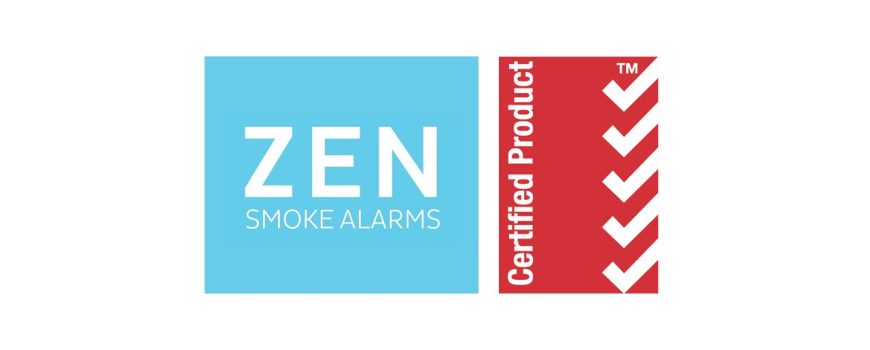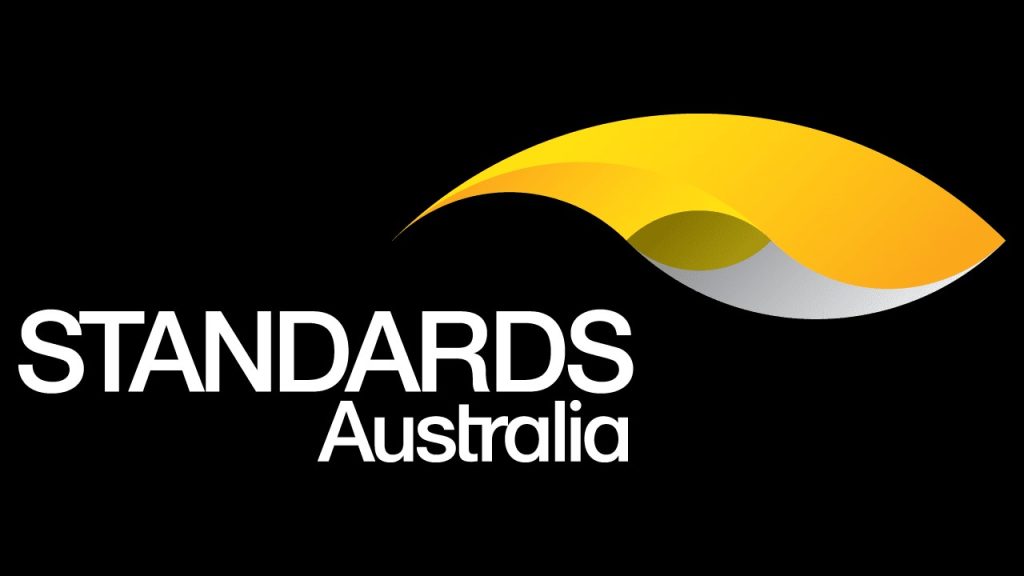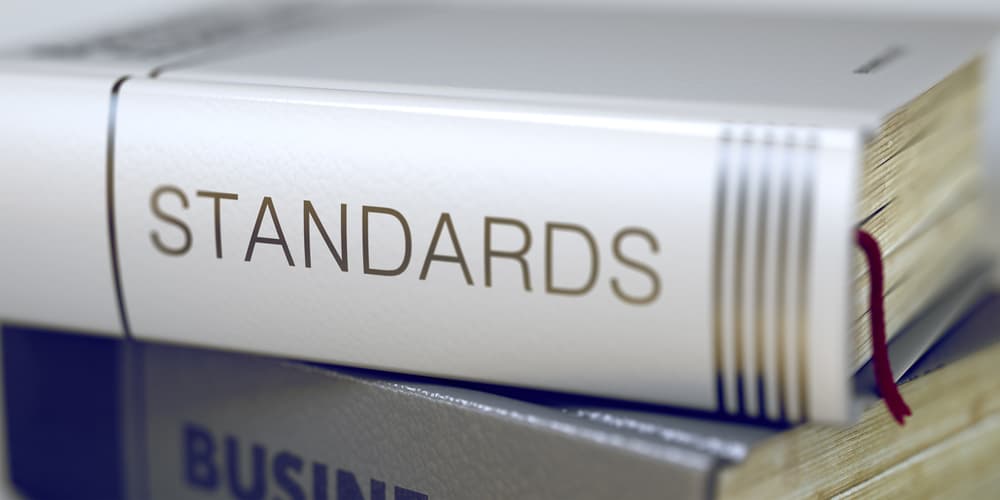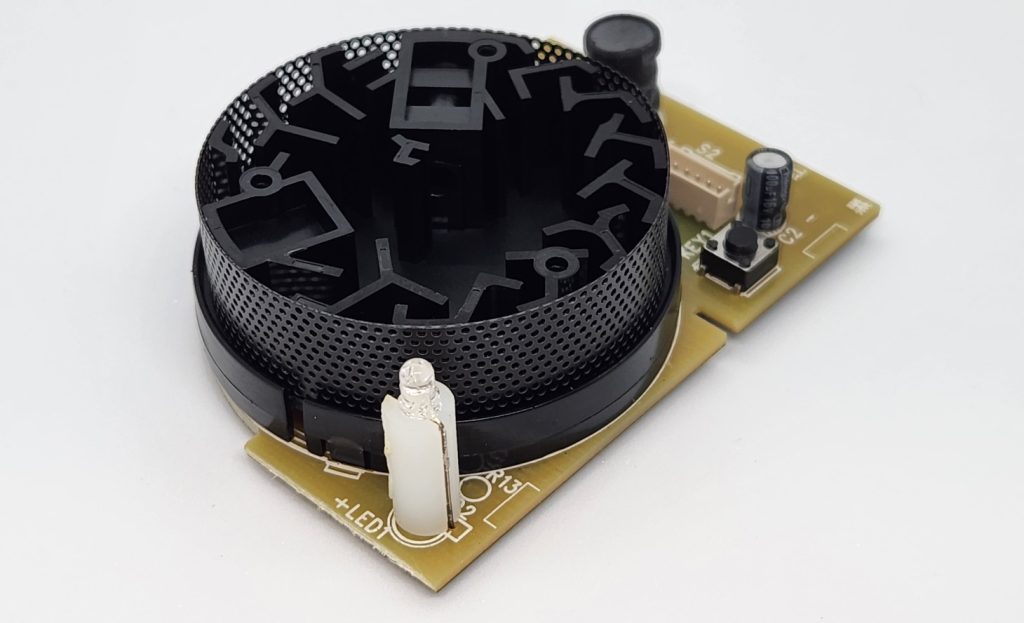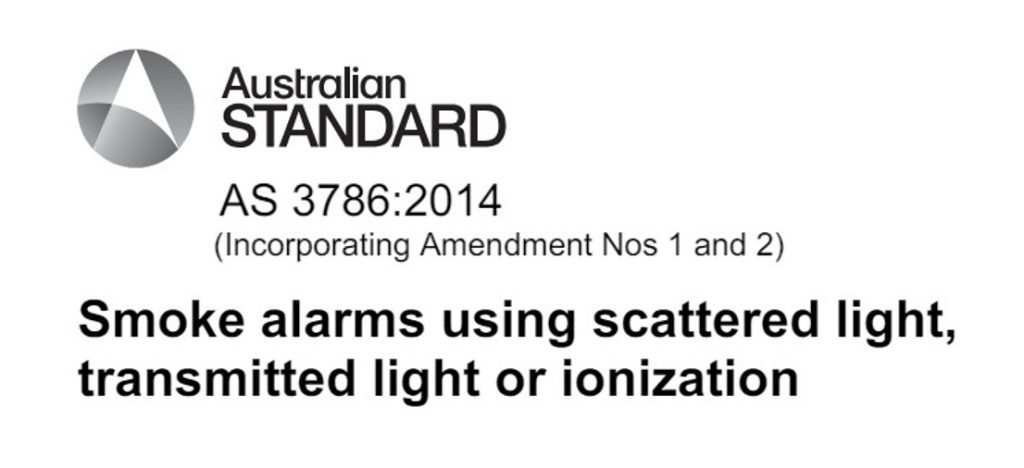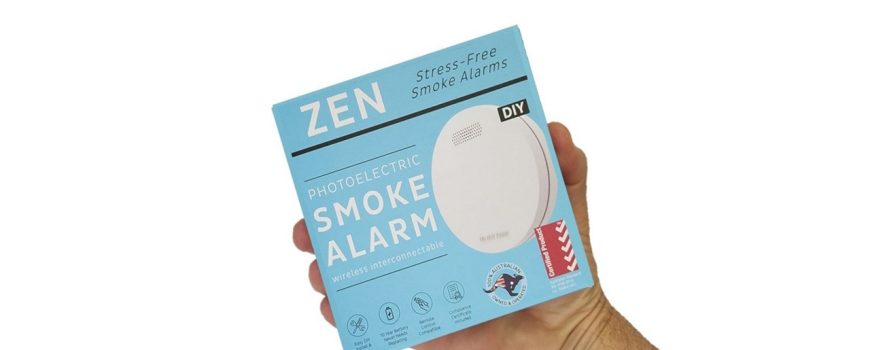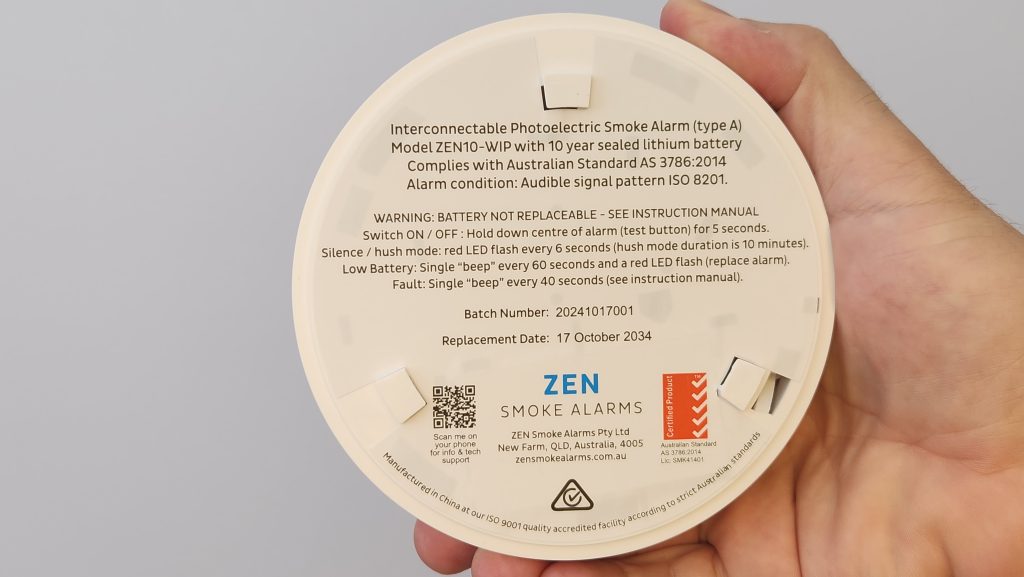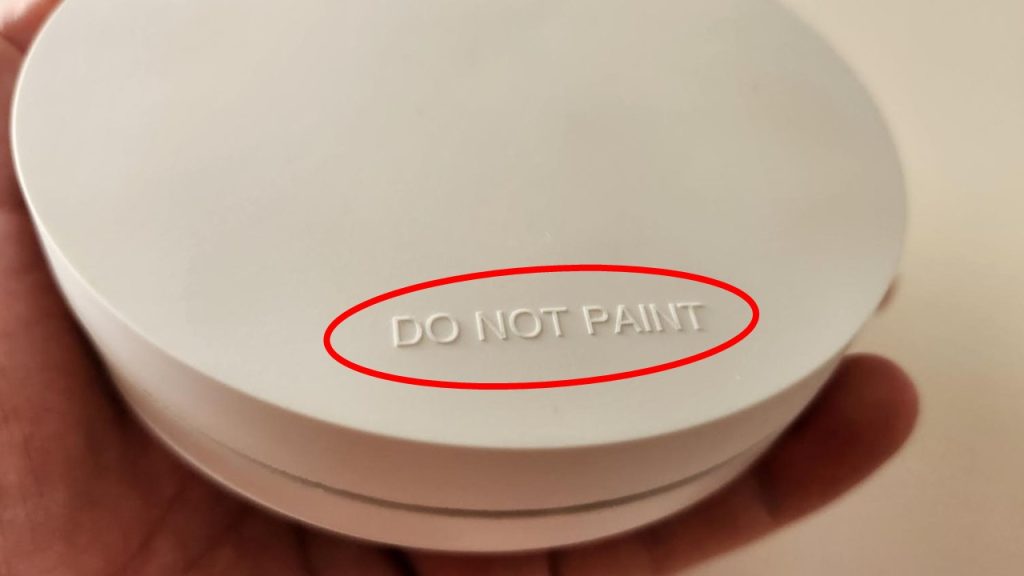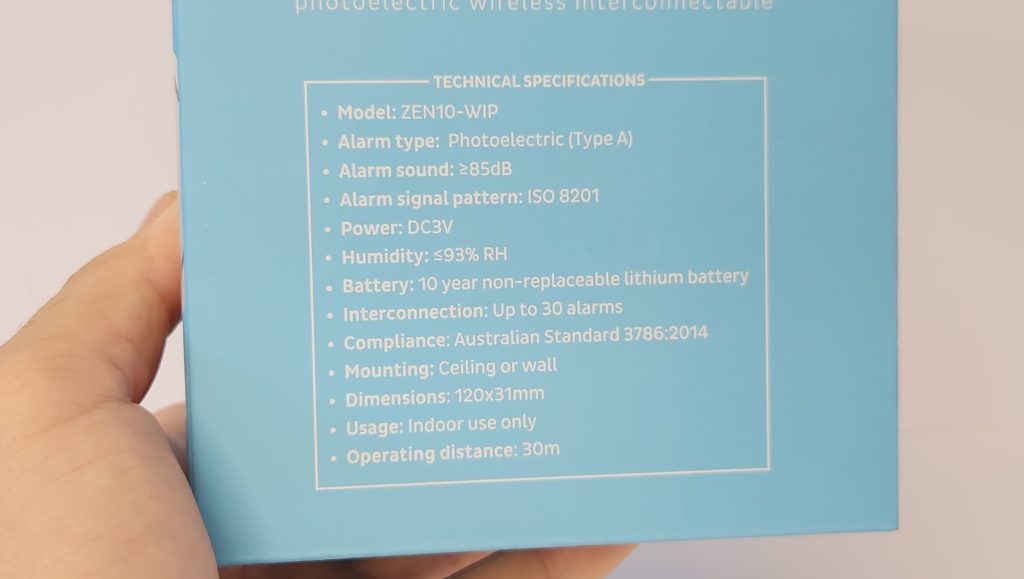When it comes to protecting your home and family, choosing the right smoke alarm is key. Not all smoke alarms are created equal, and making the right choice could mean the difference between life and death in a fire emergency. One of the most effective solutions on the market today are interconnected smoke detectors, particularly those with photoelectric technology. These alarms detect slow, smouldering fires—the type most common in home fires—faster and with greater accuracy than older ionisation alarms.
But why is this type of smoke detector so important, and how can correct Australian Standard Certification (the red ‘5-ticks’ logo) give you the confidence you need in your purchase? Understanding the difference between certified and non-certified interconnected smoke detectors ensures you invest in a product that meets Queensland’s strict safety laws and provides maximum protection for your loved ones. Read on to find out!
What Are Interconnected Smoke Detectors?
Interconnected smoke detectors are designed to link multiple alarms throughout your home. When one alarm detects smoke, it automatically triggers all the alarms in the network using a radio frequency (RF) signal. This means that whether you’re asleep in the bedroom upstairs or watching TV in the living room downstairs, you’ll be alerted to danger, no matter where the fire starts. For families with large homes or multi-level houses (or with teenagers with headphones on), having interconnected smoke detectors offers an added layer of protection, ensuring no part of the home is left vulnerable.
Why Photoelectric Smoke Detector Technology Matters
Photoelectric smoke detectors are renowned for their ability to detect slow, smouldering fires—common in home settings. These fires often produce significant amounts of smoke before erupting into visible flames, making early detection critical – once active flame state is achieved, a fire can engulf a modern home in a matter of minutes. Unlike older ionisation alarms, photoelectric models are highly sensitive to smoke from smouldering materials such as furniture or electrical wiring.
Australian Standard Red ‘5-Ticks’ Certification
Beware – not all interconnected smoke detectors are created equal. Did you know that smoke alarm manufacturers have a choice of certification agencies to certify their smoke detector? Some certification agencies such as Intertek SAI Global are well known and established – you will see their red Australian Standard logo (commonly known as the ‘StandardsMark’ or red ‘5-ticks logo’) not only on smoke alarms, but on a variety of Australian certified products.
This certification is assurance that your interconnected smoke detectors have been rigorously assessed to meet Australian Standard AS 3786:2014. As part of the assurance process, Intertek SAI Global send an independent audit team to the smoke detector manufacturing facility every year to inspect and verify the manufacturing and testing process. A report is produced and any non-conformances are immediately identified and rectified – this ongoing process ensures safety and quality standards are maintained indefinitely.
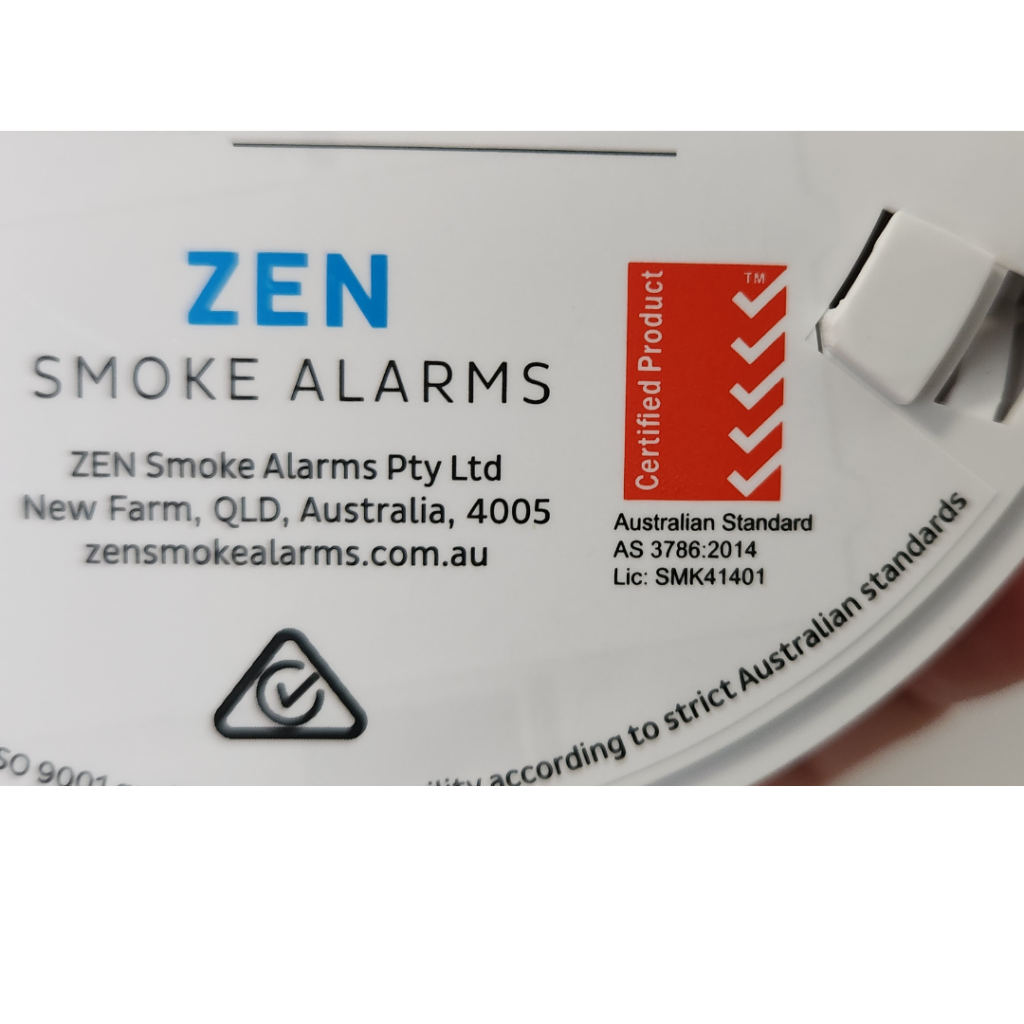
How do you know if the smoke alarm manufacturer is genuine and legally authorised to use the red logo above? Simple – look them up! You can see the license number above ‘SMK41401’. This license number is unique to the manufacturer’s certificate and can be searched on the Intertek SAI Global database. Check it out here. The database applies not only to interconnected smoke detectors, but to any Australian Standard Certified product!
However, another choice for smoke detector manufacturers is to certify their product using an offshore certification agency, which is cheaper but far less reputable. While this might seem like a cost-saving measure, it comes with significant risks. Surprisingly, the Australian Standard verification process for these budget certification agencies does not require visiting or auditing the manufacturing facility at all! Instead, these agencies rely solely on a once-only desktop review of paperwork, such as a smoke detector test report, and then approve the product as Australian Standard certified based on these documents alone—without ever physically inspecting the product or factory.
This raises serious concerns about the reliability and safety of smoke alarms certified under these methods. Without stringent on-site audits, there is no guarantee that ongoing production maintains the same quality as the initial sample tested. Manufacturers may cut corners after certification, leading to inconsistent performance and, ultimately, a device that fails when it’s needed most.
Note that while these cheaper certification agencies may claim their product meets Australian Standards and even produce their own ‘certificate’ to attest to this, they do not have permission to use the official Australian Standard red ‘5-ticks logo’ that consumers recognize as a mark of genuine quality and trust. Always look for the Australian Standard red ‘5-ticks logo’—this is your assurance that the smoke alarm has been rigorously tested and certified under strict regulatory oversight.
By choosing interconnected smoke detectors that display the official Australian Standard red ‘5-ticks logo’, like those from ZEN Smoke Alarms, you are investing in a product that has been tested for quality, reliability, durability, and long-term performance. These alarms undergo thorough assessments year after year, ensuring they provide the highest level of fire protection for your home and family. Cutting corners on safety isn’t worth the risk—choose verified, high-quality alarms that meet Queensland’s strict smoke alarm regulations.
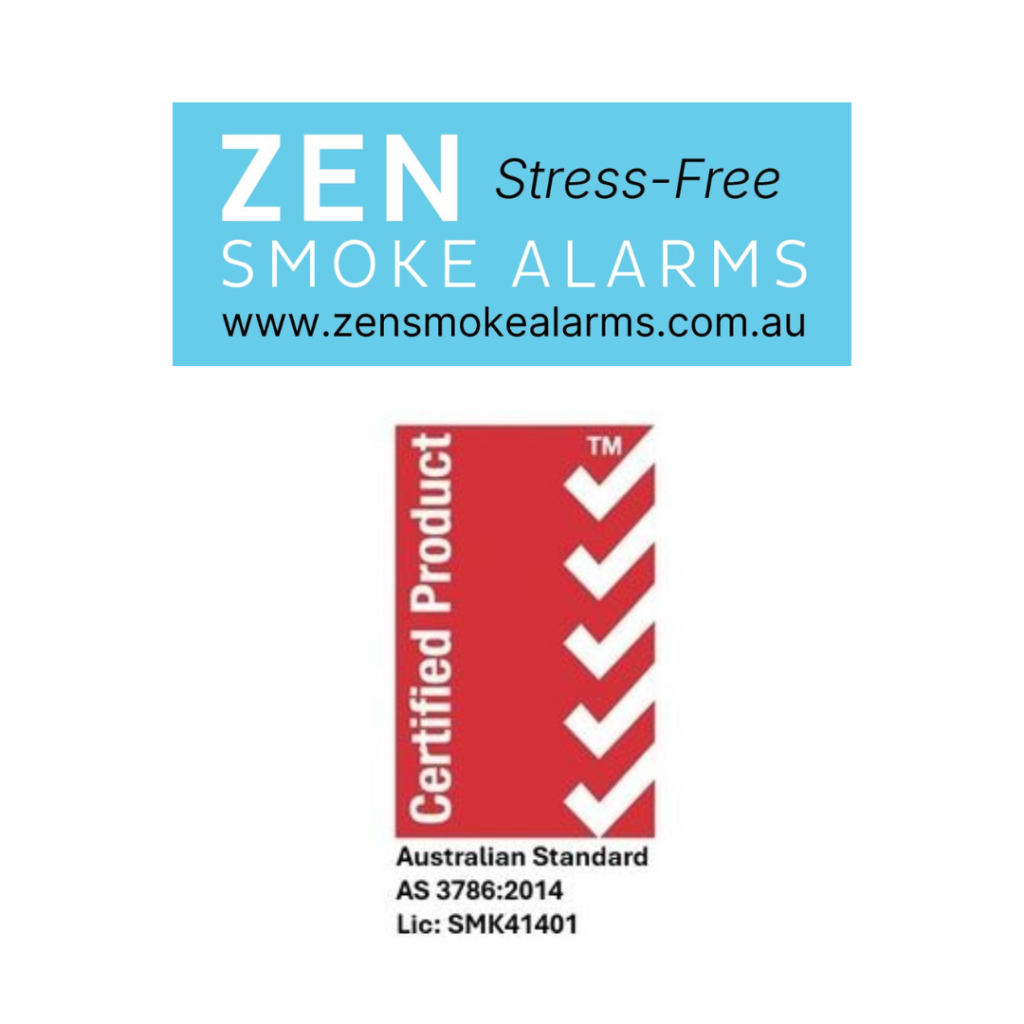
ZEN interconnected smoke detectors and Australian Standard certification
Invest In ZEN Interconnected Smoke Detectors
For Trusted Total Protection
When it comes to safeguarding your home, an interconnected smoke detectors offers unparalleled safety by ensuring that every corner of your house is covered. Unlike traditional standalone alarms, interconnected smoke alarms communicate with each other, so when one detects smoke, all alarms in the network sound simultaneously. This provides crucial extra seconds for you and your family to react and escape safely.
Choose ZEN Smoke Alarms for certified quality and the peace of mind that comes with the trusted Australian Standard red ‘5-ticks logo’, a mark of reliability and compliance with strict safety standards.
Don’t take chances with fire safety—protect your home and family with an interconnected smoke alarm system that’s proven to work when you need it most.

Want to know more? Watch our ZEN Smoke Alarm YouTube channel or call us on 0478 596 402 today
We love talking smoke alarms!
ZEN Interconnected Smoke Alarms
New Farm, QLD, 4005

